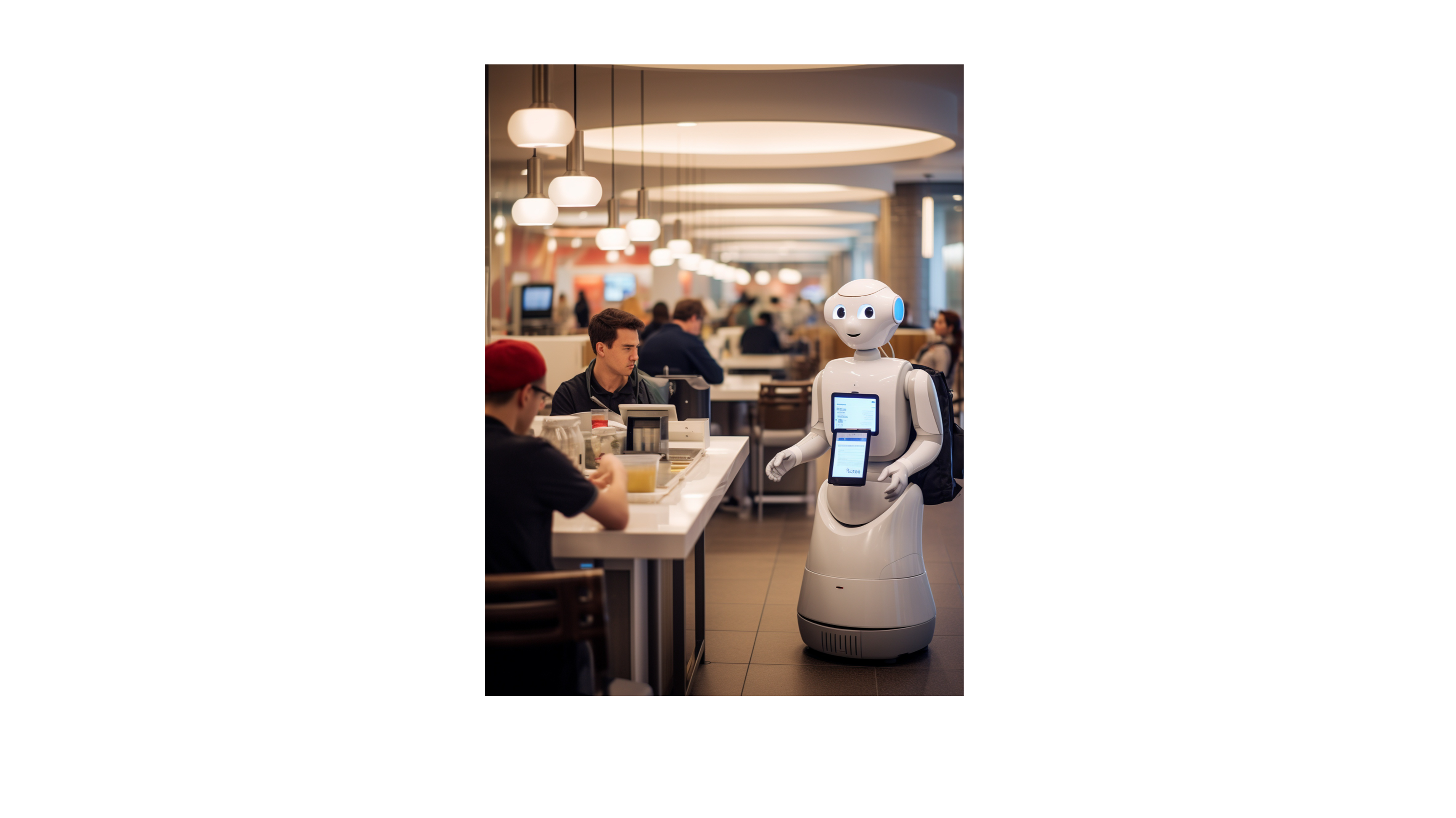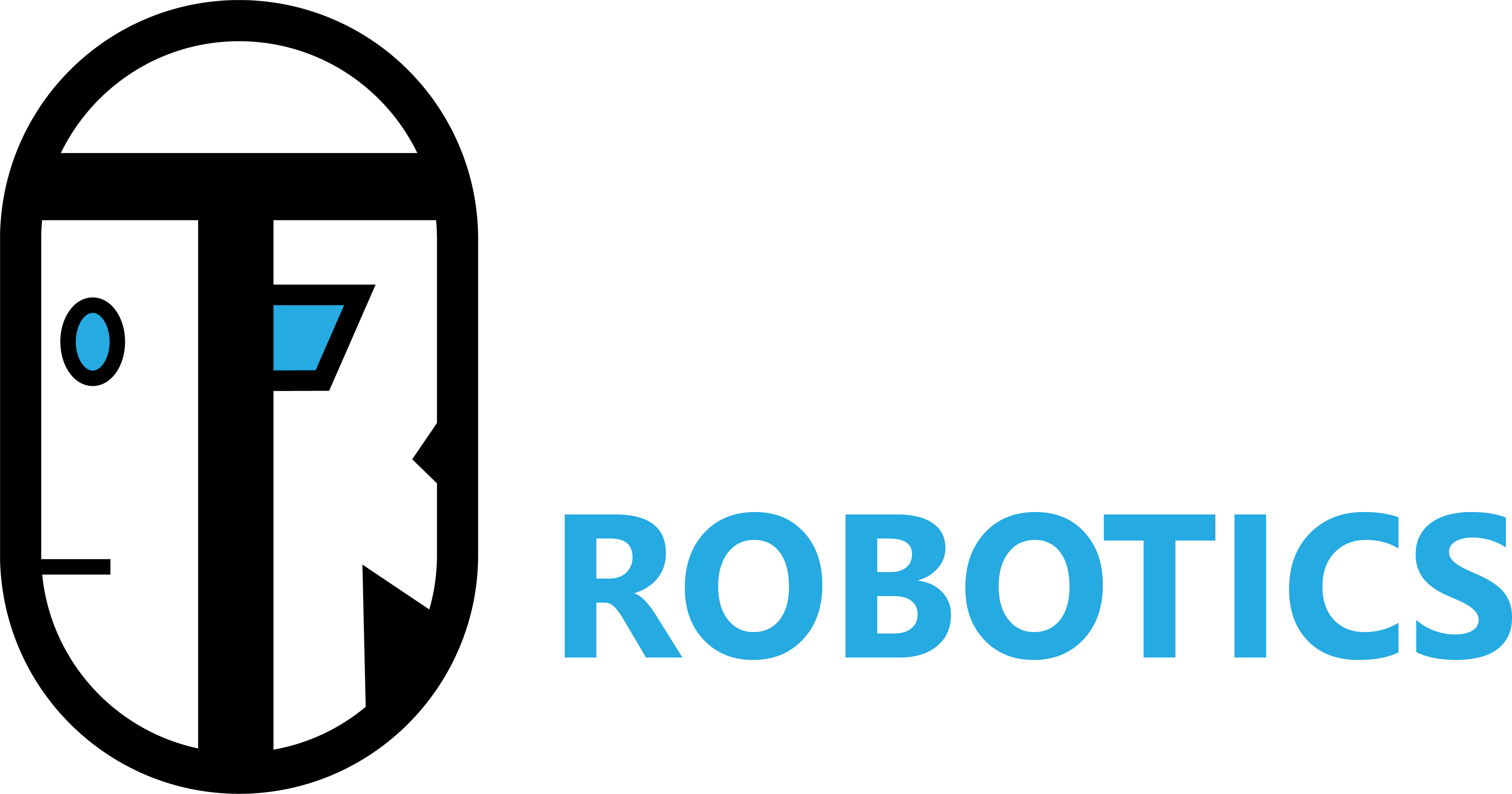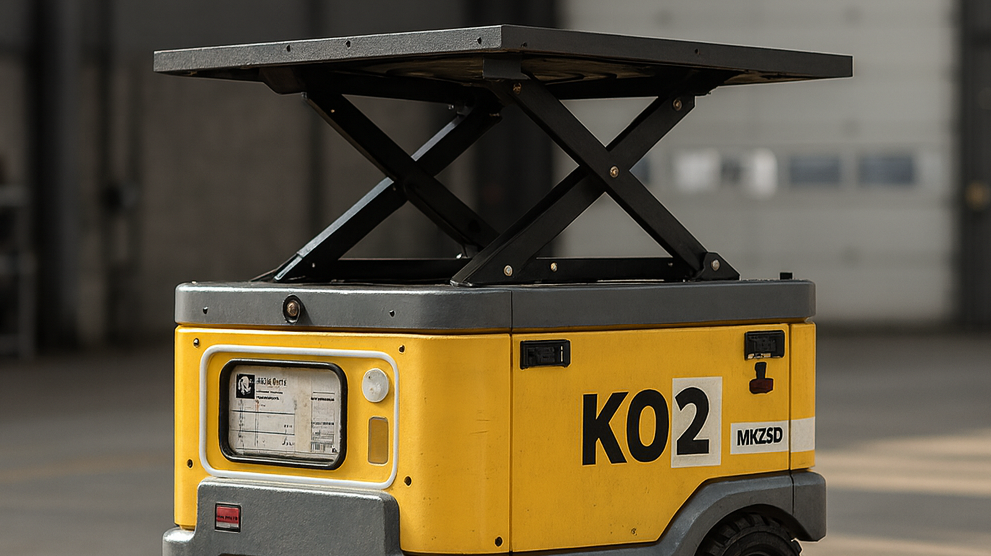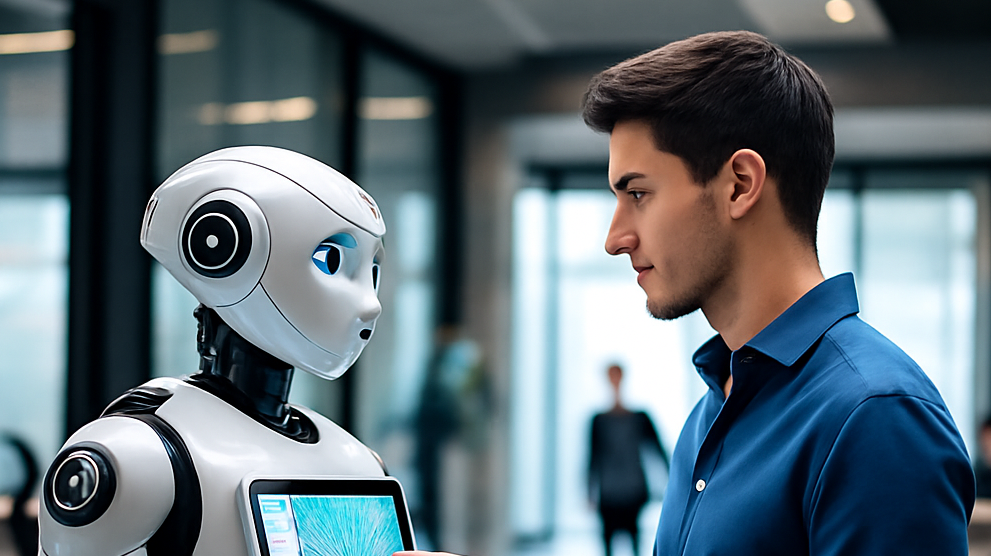Behind the Scenes: How Smart Dining Robots Work
2024-04-06

Introduction
In the bustling world of modern hospitality, smart dining robots have emerged as trailblazers, revolutionizing the way food is served and enhancing the overall dining experience. These remarkable machines represent the pinnacle of technological innovation, seamlessly integrating artificial intelligence and robotics to deliver unparalleled service. However, understanding the intricate workings of these robots is essential to truly appreciate their capabilities and potential impact.
Navigation and Mapping
At the core of smart dining robots' functionality lies their ability to navigate complex environments with precision and efficiency. Equipped with an array of sensors and cameras, these robots rely on advanced technologies such as infrared sensors and LiDAR (Light Detection and Ranging) to perceive their surroundings. Through sophisticated mapping algorithms, such as Simultaneous Localization and Mapping (SLAM), they are able to create detailed maps of their environment and plan optimal routes to their destinations.
Object Recognition and Detection
One of the key challenges faced by smart dining robots is the ability to accurately identify and interact with objects in their environment. This is where machine learning models come into play, particularly Convolutional Neural Networks (CNNs), which are adept at recognizing objects from visual data. Coupled with object detection frameworks like YOLO (You Only Look Once) and SSD (Single Shot MultiBox Detector), these robots can swiftly identify items such as dishes, utensils, and even people, enabling them to navigate and operate effectively in dynamic restaurant settings.
Interaction with Customers
In order to provide a seamless dining experience, smart dining robots must be able to effectively communicate with customers. This is achieved through sophisticated speech recognition systems, powered by Natural Language Processing (NLP) algorithms. By integrating assistants, these robots can understand and respond to customer requests and inquiries in a manner that is both intuitive and natural, enhancing the overall dining experience.
Food Serving
The ability to serve food with precision and care is a hallmark of smart dining robots. Equipped with robotic arms and manipulators, these machines exhibit a remarkable level of precision and dexterity, allowing them to handle delicate tasks such as plating and serving with ease. Additionally, safety mechanisms are incorporated to ensure the well-being of both customers and staff, further enhancing the reliability and trustworthiness of these robots.
Backend Systems and Integration
Behind the scenes, smart dining robots rely on a complex network of backend systems and integration mechanisms to function seamlessly within restaurant environments. This includes communication protocols such as Wi-Fi connectivity and Bluetooth communication, which enable the robots to interact with other devices and systems within the restaurant. Furthermore, integration with restaurant management software streamlines operations and enhances overall efficiency.
Maintenance and Upkeep
Like any sophisticated piece of machinery, smart dining robots require regular maintenance and upkeep to ensure optimal performance. To this end, self-diagnostic systems are employed, equipped with health monitoring sensors that continuously assess the robot's condition. Predictive maintenance algorithms help anticipate potential issues before they arise, minimizing downtime and ensuring uninterrupted service.
Future Developments and Challenges
Looking ahead, the future of smart dining robots holds great promise, with ongoing advancements in AI and robotics driving innovation in this field. From incorporating advanced algorithms to enabling continuous learning capabilities, the possibilities are endless. However, it is imperative to address ethical and societal concerns, particularly regarding the impact on employment and the need for robust safety and privacy measures.
In conclusion, smart dining robots represent a remarkable fusion of technology and hospitality, offering a glimpse into the future of dining experiences. By delving into the intricacies of how these robots work, we gain a deeper appreciation for their capabilities and the potential they hold to reshape the culinary landscape. As we continue to push the boundaries of innovation, it is essential to approach this transformative technology with a blend of curiosity, caution, and creativity.





